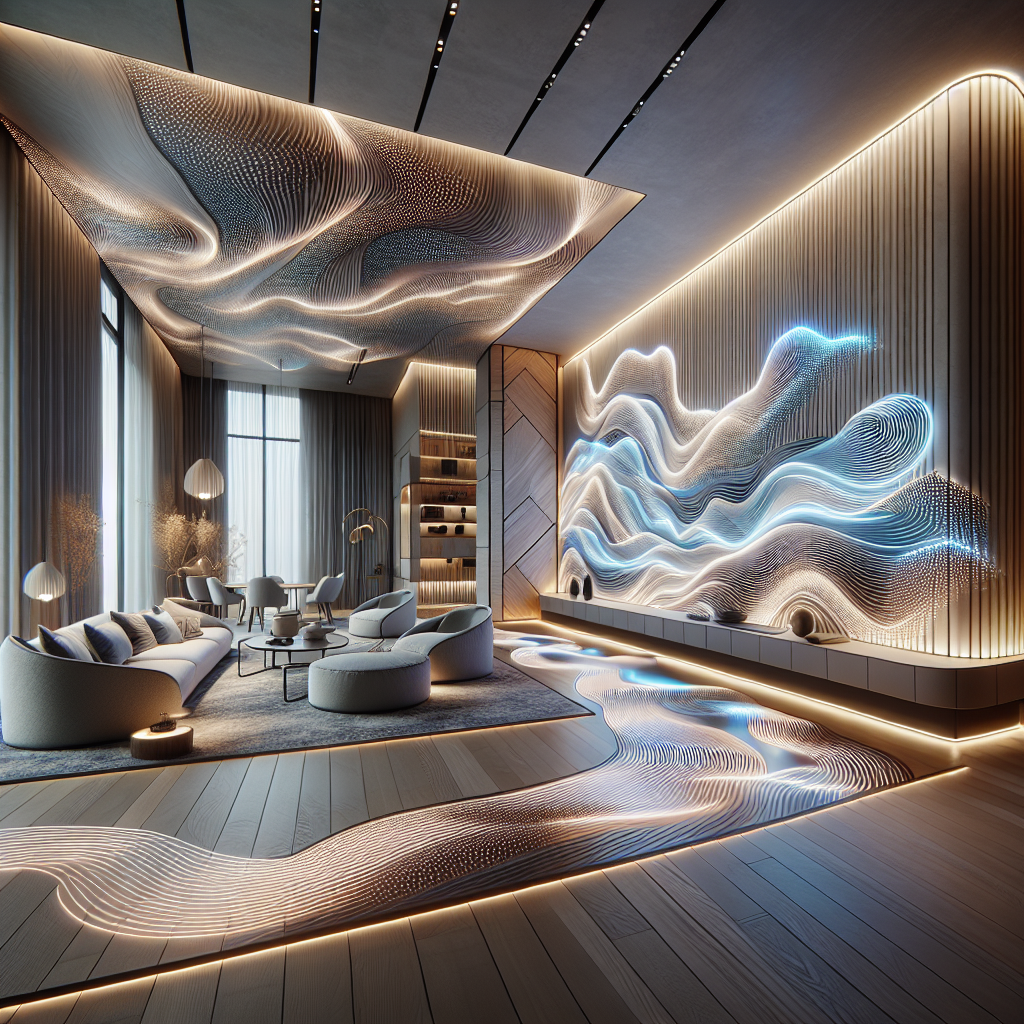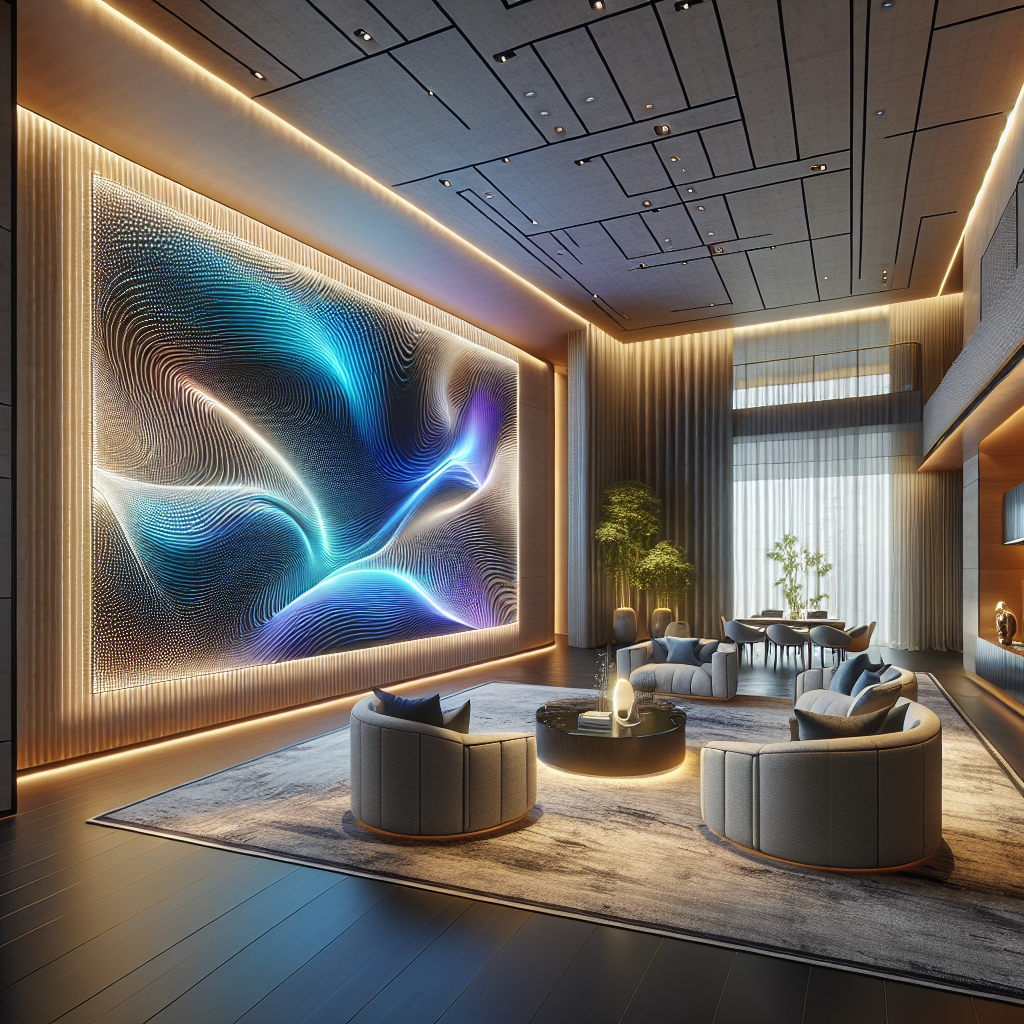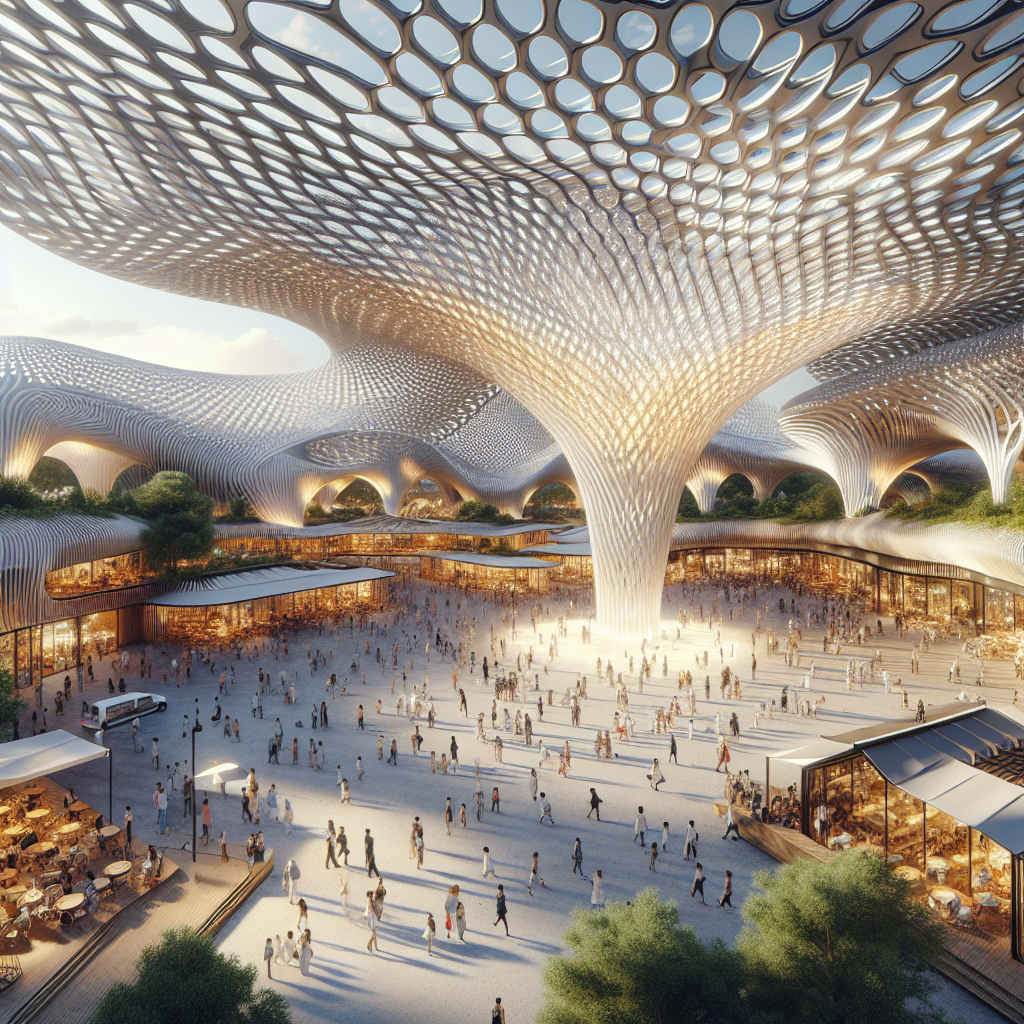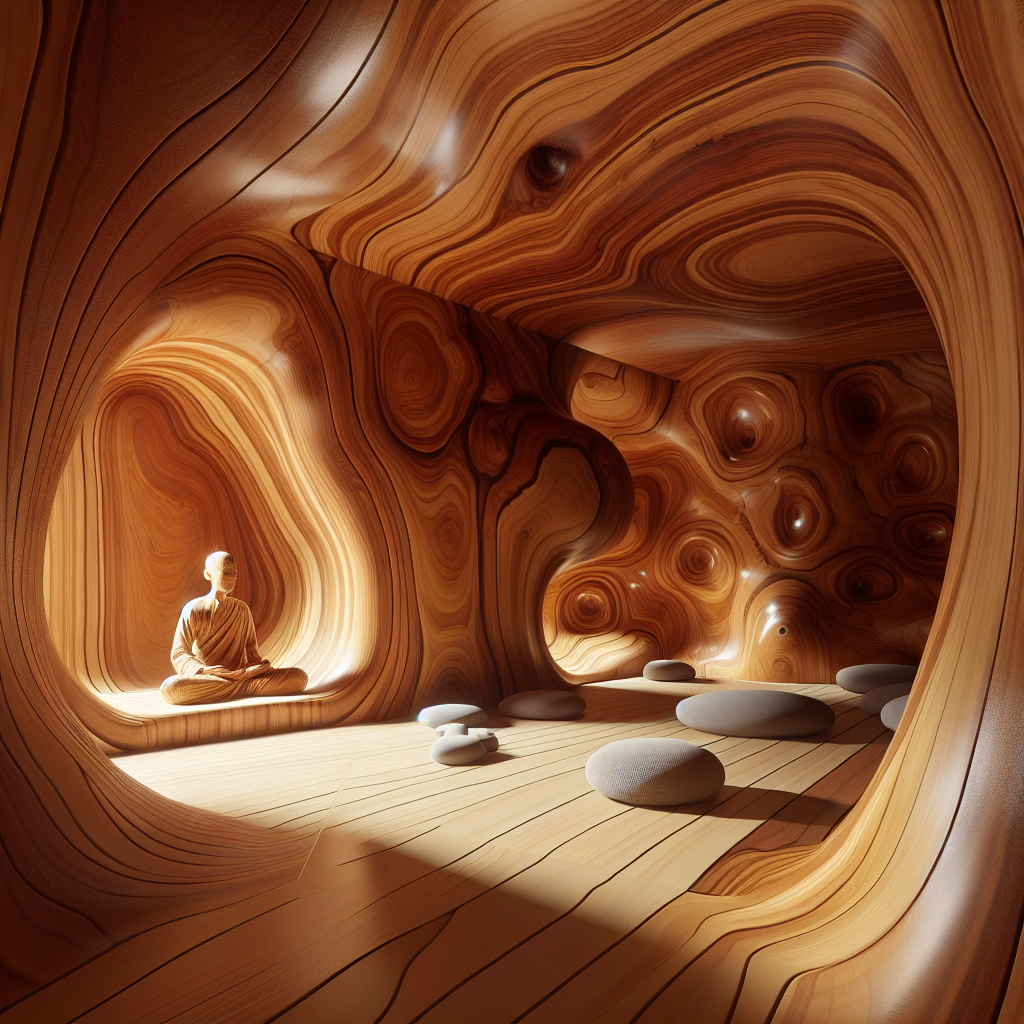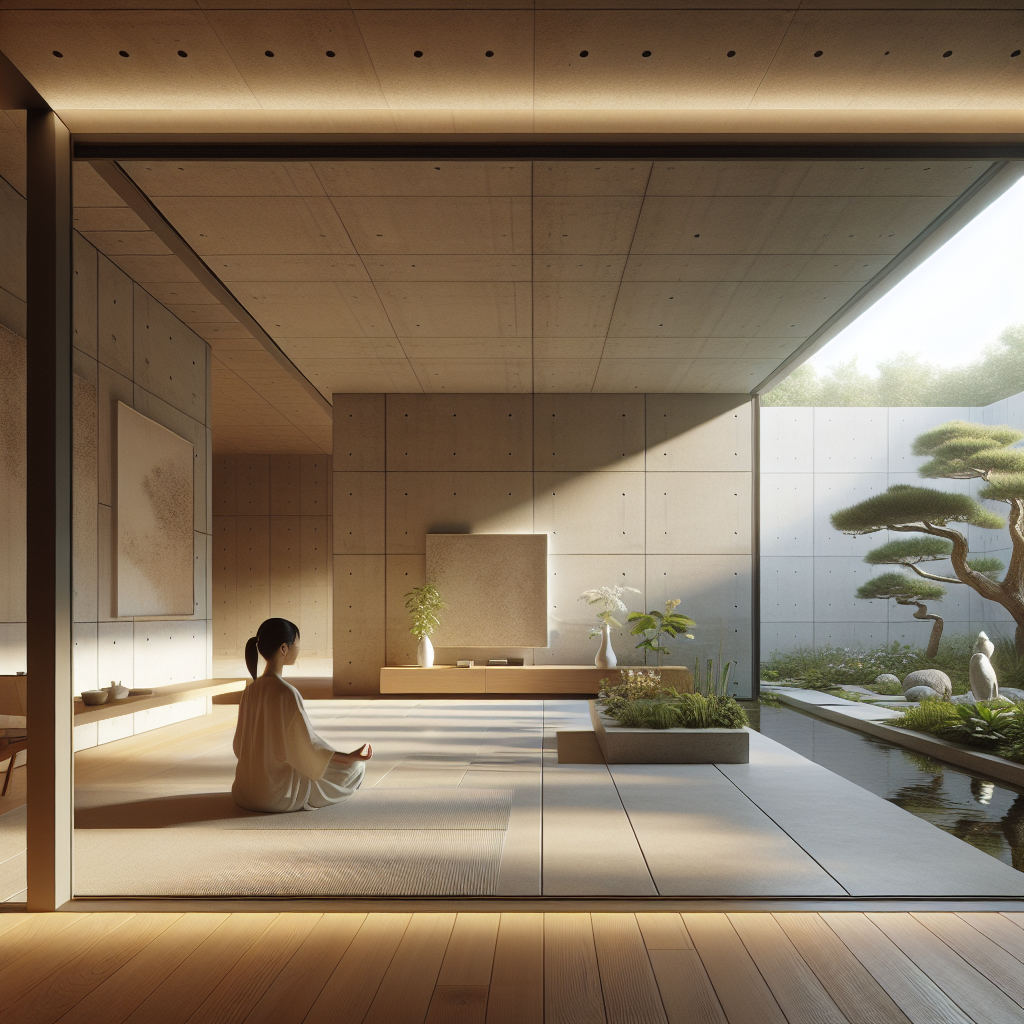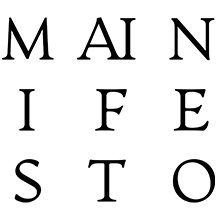Tech-savvy tapestry LED-woven textiles for dynamic wall art
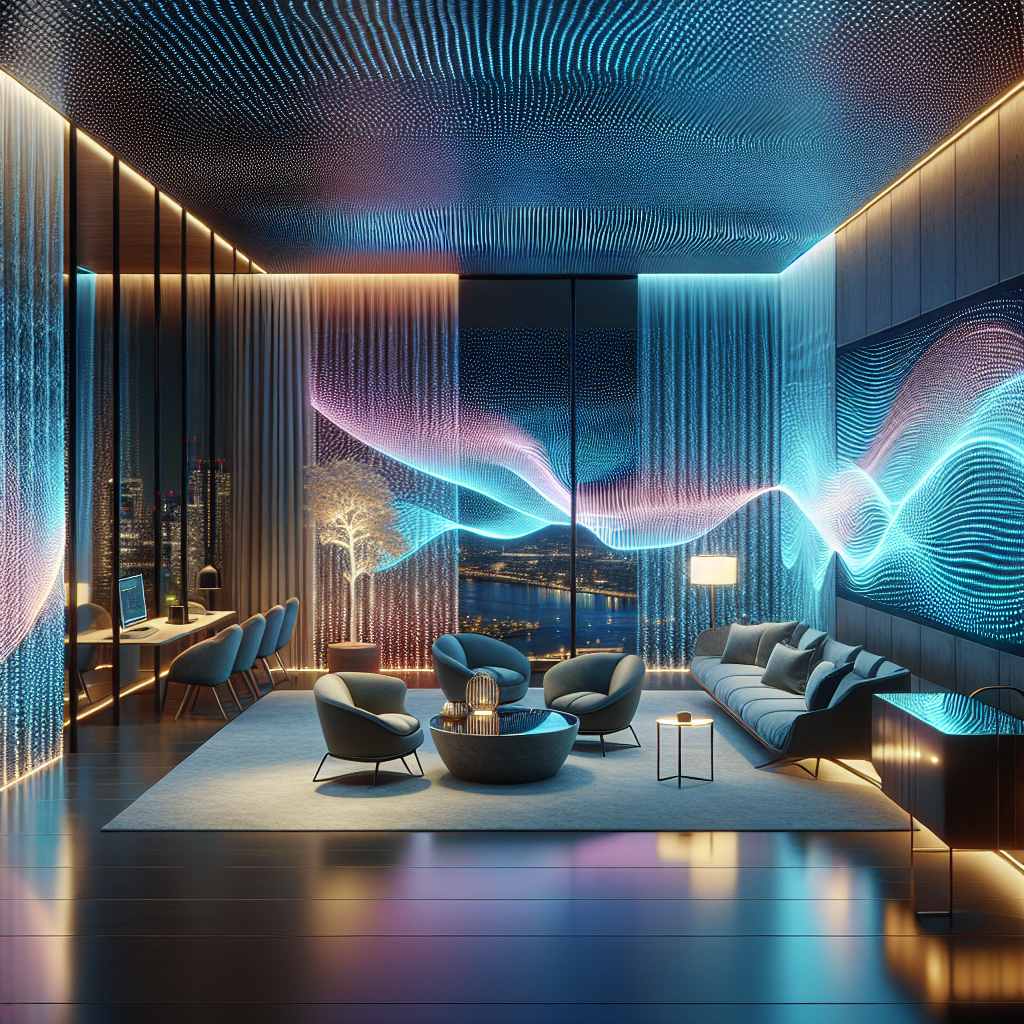
Tech-Savvy Tapestry: LED-Woven Textiles for Dynamic Wall Art
Imagine stepping into a room where the walls pulsate with life, shifting colors and patterns in response to your presence. No, this isn’t a scene from a futuristic sci-fi film like Blade Runner 2049, but rather the exciting reality of LED-woven textiles—the latest innovation revolutionizing interior design and architecture. This marriage of traditional tapestry craftsmanship with cutting-edge technology has opened a new chapter in dynamic wall art, redefining the boundaries between art, design, and technology.
The Intersection of Tradition and Innovation
Textiles have always been an integral part of interior design, providing warmth, texture, and visual interest. Historically, tapestries adorned the walls of castles and grand estates, narrating stories and showcasing wealth and craftsmanship. Today, designers and architects are harnessing technology to transform these traditional art forms into interactive masterpieces. By embedding flexible LED lights within woven fabrics, they create dynamic wall art that responds to environmental stimuli, user interaction, or pre-programmed patterns.
Companies like Philips and Osram have already explored the potential of integrating LED technology into textiles, producing luminous fabrics that can be manipulated through smartphone apps or remote controls. The result is a seamless blend of aesthetic beauty and technological sophistication, offering endless possibilities for customization and personalization.
How LED-Woven Textiles Work
At the heart of this innovative approach lies the integration of ultra-thin, flexible LED fibers into the fabric during the weaving process. These fibers are virtually indistinguishable from traditional yarns, allowing designers to maintain the tactile quality and visual richness of the textile. When activated, the LEDs illuminate, creating vibrant, dynamic patterns and colors that can shift and evolve over time.
Advanced technologies such as conductive threads and smart sensors further enhance these textiles, enabling them to respond to touch, movement, or ambient conditions. For instance, a tapestry might subtly change hues as daylight fades, creating a calming ambiance in the evening. Alternatively, interactive installations can respond directly to user input, transforming spaces into immersive, engaging environments.
Applications in Contemporary Architecture and Interior Design
The versatility of LED-woven textiles makes them ideal for a wide range of applications. In commercial spaces such as hotels, restaurants, and retail stores, dynamic wall art can create memorable experiences for visitors, enhancing brand identity and customer engagement. Imagine a luxury hotel lobby where walls gently pulse with calming colors, or a high-end boutique whose interior shifts to match seasonal collections.
Residential interiors also benefit from this technology, offering homeowners the opportunity to personalize their spaces like never before. Whether used as statement pieces in living rooms or mood-enhancing elements in bedrooms, LED textiles provide both aesthetic appeal and functional lighting solutions. Moreover, their adaptability makes them perfect for smart home technology, integrating seamlessly with home automation systems to create responsive, intelligent environments.
Sustainability and Energy Efficiency
Beyond their aesthetic and interactive qualities, LED-woven textiles also align with contemporary demands for sustainability and energy efficiency. LEDs consume significantly less energy than traditional lighting solutions, reducing environmental impact and lowering energy costs. Additionally, the integration of sensors and smart controls allows for precise management of lighting intensity and duration, further optimizing energy use.
Designers committed to sustainable practices can also explore using recycled or eco-friendly fibers in their LED textiles, aligning with the growing trend of biodegradable architecture and circular economy principles. This combination of technology and sustainability positions LED-woven textiles as a forward-thinking solution for modern design challenges.
Inspiration from Nature and Art
Designers often draw inspiration from nature when creating dynamic wall art, utilizing biomimicry to replicate natural patterns and movements. The gentle undulation of ocean waves, the shifting hues of autumn leaves, or the mesmerizing glow of bioluminescent organisms can all be captured and expressed through LED textiles. This approach not only creates visually stunning installations but also fosters a deeper connection between occupants and their environment, echoing principles found in biophilic design.
Moreover, contemporary artists are increasingly collaborating with technologists to explore the expressive potential of LED textiles. Renowned installations like those seen at international design events such as the Venice Biennale or Salone del Mobile Milano showcase how artists push the boundaries of textile art, creating immersive experiences that captivate and inspire audiences worldwide.
Challenges and Future Prospects
Despite their numerous advantages, LED-woven textiles face certain challenges that designers and manufacturers must address. Durability, washability, and ease of maintenance are critical considerations, particularly for applications in high-traffic areas or residential settings. Advances in material science and manufacturing techniques continue to address these issues, making LED textiles increasingly practical and accessible.
Looking ahead, the future of LED-woven textiles appears exceptionally bright. As technology evolves, we can anticipate even greater integration of smart functionalities, including augmented reality and artificial intelligence. Imagine textiles that not only respond visually but also adapt acoustically or thermally, enhancing comfort and functionality within spaces. The potential for innovation is vast, promising exciting developments in the years to come.
Examples of Notable Projects
Several groundbreaking projects have already demonstrated the immense potential of LED-woven textiles. The “Luminous Textile” collaboration between Philips and Kvadrat, for example, has resulted in installations that blend seamlessly into architectural spaces, providing both decorative and functional lighting. Similarly, innovative studios like Studio Roosegaarde have created interactive textile installations that respond dynamically to human presence, such as their acclaimed “Lotus Dome” project.
Architectural firms are also embracing this technology in ambitious projects. For instance, the upcoming Paris 2024 Olympic Games will likely feature dynamic installations incorporating LED textiles, enhancing the visual spectacle and visitor experience. Additionally, forward-thinking projects like Saudi Arabia’s The Line are exploring the integration of advanced textile technologies into their futuristic urban designs.
Conclusion: Embracing the Future of Design
LED-woven textiles represent a compelling fusion of tradition and innovation, offering designers and architects unprecedented opportunities to create dynamic, interactive, and sustainable environments. As technology continues to advance, these textiles will undoubtedly become an integral part of contemporary design, reshaping our perceptions of interior spaces and architectural aesthetics.
For design enthusiasts and professionals alike, the rise of LED textiles signals an exciting era of creativity and experimentation. By embracing this technology, we can transform static spaces into vibrant, responsive environments that inspire, engage, and delight. The future of wall art is here—and it’s luminous.

